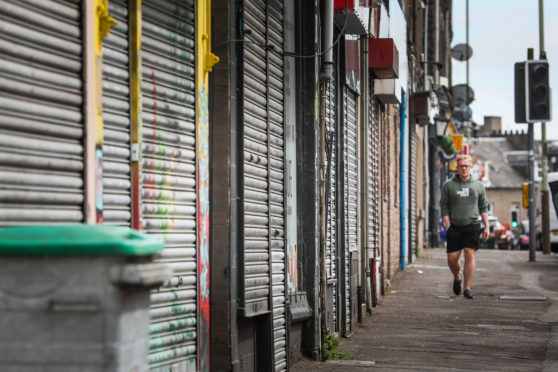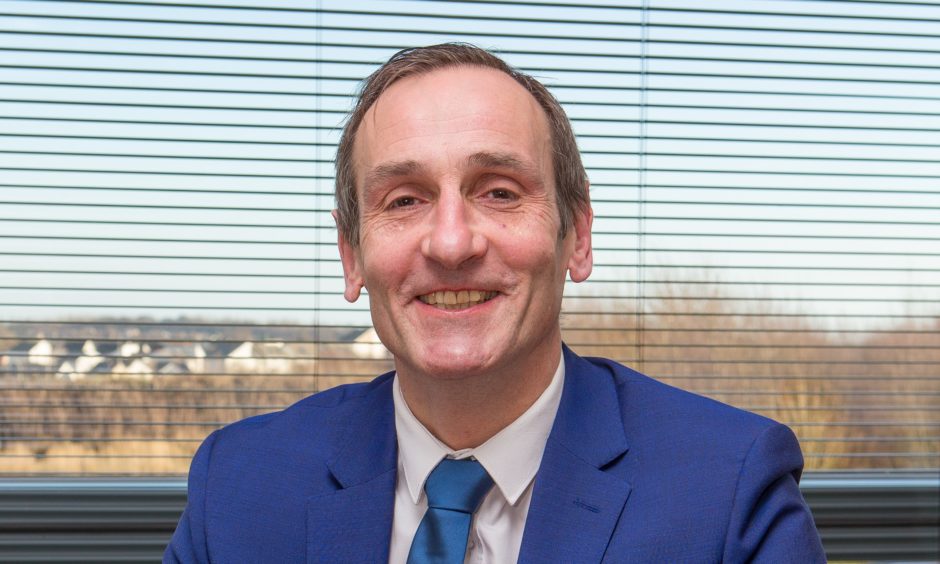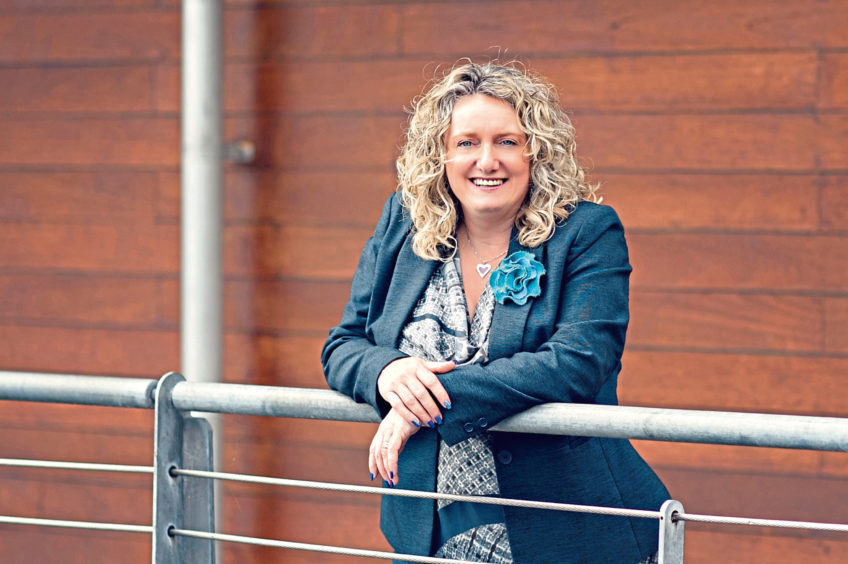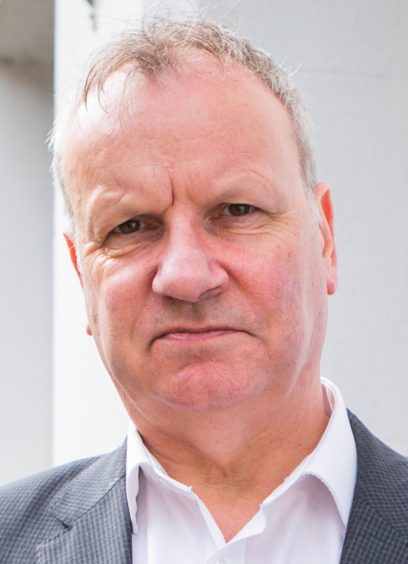The futures of almost 85,000 Tayside and Fife workers are at stake as new figures revealed huge numbers of local people are on furlough.
The UK Goverment’s job retention scheme is due to end in October, with part-time flexibility being offered from July, leading to fears of a raft of redundancies.
Scotland has seen 628,000 workers so far signed up to the scheme. In Dundee there are 15,000 workers benefiting, 12,400 in Angus, 19,700 in Perth, and 37,900 in Fife.
It is feared there will be a wave of redundancies when furlough is reduced and eventually stopped.
Concern has been raised that the job retention support will be ended before businesses are making enough profit to pay staff full wages, leading to a raft of job losses.
When bars, restaurants and non-essential shops reopen they will see turnover plummet compared to pre-lockdown due to social distancing it is feared, meaning profits previously used to pay wages will be lower.
Alan Mitchell, chief executive of Fife Chamber of Commerce, said: “There is concern that the tapering of furlough and eventual end could signal the start of a fairly heavy programme of job losses and redundancies.
“That’s a real, genuine worry that is shared across the country.
“There is particular concern around leisure and tourism because it’s likely to be one the last sectors to come fully out of lockdown but the fears extend beyond that.
“There will be a whole range of businesses whose ability to generate a profit as opposed to trading at a loss will take some time to materialise.
“As their costs start to rise it will be difficult for them to sustain the workforce they currently have while they are being supported by furlough.”
Mr Mitchell called for continued support, specifically tailored to suit specific industries and locations.
“The governments will have to be agile in creating specific support tailored either to specific industries, specific parts of the country or even specific businesses to give companies the support they need to get through these difficult times quickly,” he said.
“No two businesses are alike so no two businesses will be facing the same challenges in getting out of Covid-19 and getting back to viable profitability.”
In Tayside, feedback has been more positive as businesses welcome the opportunity to reopen, propped up by the part-time furlough option coming in July, although redundancy fears remain.
Alison Henderson, chief executive of Dundee and Angus Chamber of Commerce, said: “The feedback we have had is businesses have definitely welcomed the job retention scheme and we know the uptake was more than the government expected.
“When the changes to part-furlough was announced some businesses were saying that will suit them really well as they phase back to normality.
“Every area will see different things as we begin to recover but it’s welcome that we can get the economy moving again.
“There will undoubtedly be concerns about job losses but we also have a significant number of businesses who have seen new demand in ways we didn’t expect. It has been a real mixed picture, but what we don’t want to see is lots of people losing their jobs.”
In Perthshire and Fife, where tourism is a prominent part of the local economies, job losses are expected.
Pete Wishart, SNP MP for Perth and North Perthshire, called for future changes to be “better communicated”.
He said: “The number of businesses in my constituency who have already announced potential job losses is stark and we need the UK Government to ensure that as much continuing support is given as possible in order to prevent further economic damage.
“We must ensure that our response to the next phase offers as much protection to jobs as is possible.”
The concerns have sparked fresh calls for a universal basic income amid warnings employers may use furlough ending as an “excuse” for redundancies.
Neale Hanvey, SNP MP for Kirkcaldy and Cowdenbeath, said: “Relaxing the restrictions on furloughed staff is good news but July is too late for many businesses.
“As we emerge from lockdown, we simply must not see businesses use the ending of the furlough scheme as an excuse to make people redundant or to change their contracts. The scheme was meant to retain jobs, not make them expendable.
“An emergency Universal Basic Income should have been introduced which would have prevented people falling through the gaps in the various support schemes, and it is not too late to introduce it now to help rebuild our communities, economy and society.”
This was backed by SNP MP Peter Grant, who represents Glenrothes.
“A Universal Basic Income scheme introduced at the start of lockdown would have guaranteed that nobody suffered financial hardship as a result of coronavirus restrictions and I once again call on the UK Government to commit to introducing such a scheme as soon as possible,” he said.
Angus MP Dave Doogan said the job retention scheme has been a “lifeline” for many but added: “Like any lifeline it only works if it pulls you fully to safety.”









